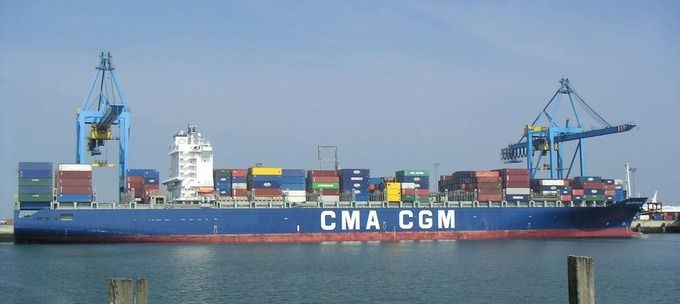Countries experience significant economic benefits when they focus on producing goods and services where they hold a comparative advantage and trade for others.
When Nations Specialize According To Their Comparative Advantage, they produce goods with a lower opportunity cost than other countries. This specialization allows them to trade for goods that would be more expensive to produce domestically. This principle fosters efficiency and boosts overall production and consumption levels globally.
Comparative Advantage: The Engine of Specialization
Comparative advantage isn’t about being the best at producing something; it’s about being the most efficient. A country has a comparative advantage if it can produce a good at a lower opportunity cost than another country. Opportunity cost represents what a country forgoes producing to create another good.
For instance, if Country A can produce either 10 cars or 20 computers, and Country B can produce either 8 cars or 12 computers, Country A has the absolute advantage in both. However, Country A forgoes 2 computers for every car produced, while Country B forgoes only 1.5 computers. Thus, Country B has the comparative advantage in car production and should specialize in it, while Country A should specialize in computers. When they trade, both benefit.
Benefits of Specialization and Trade Driven by Comparative Advantage
Specializing according to comparative advantage and subsequently engaging in trade unlocks numerous benefits:
Increased Efficiency and Productivity
Specialization allows countries to hone their skills and resources in producing specific goods. This focus leads to higher productivity and efficiency due to economies of scale and learning by doing.
Lower Prices and Greater Consumer Choice
When nations specialize and trade, the global market becomes flooded with a greater quantity of goods at lower prices. Consumers enjoy a wider selection and more affordable products.
Enhanced Economic Growth
Comparative advantage-driven trade stimulates economic growth by optimizing resource allocation, fostering innovation, and increasing overall output. This growth benefits all participating countries.
Beyond Comparative Advantage: Other Factors Influencing Trade
While comparative advantage is a primary driver, other factors influence international trade patterns:
Differences in Resource Endowments
Countries possess varying amounts of natural resources, labor, and capital. These differences naturally lead to specialization and trade to access resources not readily available domestically.
Gains from Specialization
Beyond comparative advantage, specializing allows countries to leverage economies of scale, reducing average production costs as output increases.
Political and Strategic Considerations
Trade can strengthen political ties between nations and reduce reliance on potentially adversarial countries for critical resources.
Increased Competition and Innovation
Opening domestic markets to international competition compels firms to innovate and become more efficient to survive, ultimately benefiting consumers.
Conclusion: Harnessing the Power of Comparative Advantage
When nations specialize according to their comparative advantage and engage in trade, they unlock significant economic gains. This specialization fosters efficiency, lowers prices, increases consumer choice, and promotes overall economic growth. While other factors influence trade patterns, comparative advantage remains a fundamental principle underpinning the benefits of global economic interconnectedness. Understanding and leveraging comparative advantage is crucial for nations striving to optimize their economic potential and participate effectively in the global marketplace.

